Nick Quirke0415327016, 9780415327015, 9781420023350
Nanoporous materials are used widely in industry as adsorbents, particularly for applications where selective adsorption of one fluid component from a mixture is important. Nanoscale structures are of increasing interest for micro- and nanofluidic devices. Computational methods have an important role to play in characterizing, understanding, and designing such materials. Adsorption and Transport at the Nanoscale gives a survey of computational methods and their applications in this burgeoning field. Beginning with an overview of adsorption and transport phenomena at the nanoscale, this book details several important simulation techniques for characterization and modeling of nanomaterials and surfaces. Expert contributors from Europe, Asia, and the US discuss topics including Monte Carlo simulation for modeling gas adsorption; experimental and simulation studies of aniline in activated carbon fibers; molecular simulation of templated mesoporous materials and adsorption of guest molecules in zeolitic materials; as well as computer simulation of isothermal mass transport in graphitic slit pores. These studies elucidate the chemical and physical phenomena while demonstrating how to perform the simulation techniques, illustrating their advantages, drawbacks, and limitations. A survey of recent progress in numerical simulation of nanomaterials, Adsorption and Transport at the Nanoscale explains the central role of molecular simulation in characterizing and designing novel materials and devices. | |
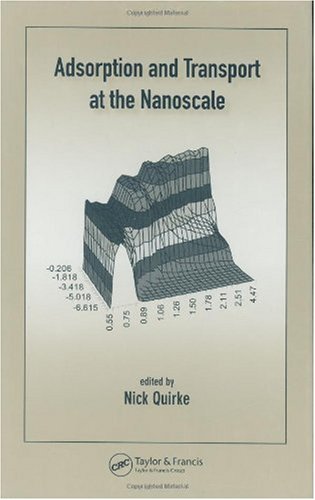
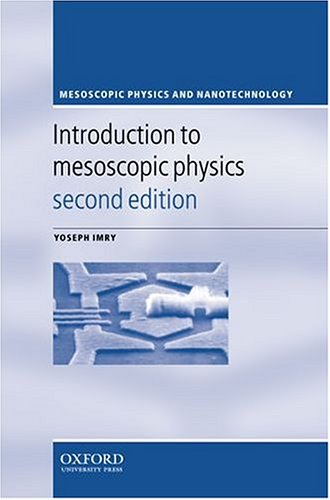
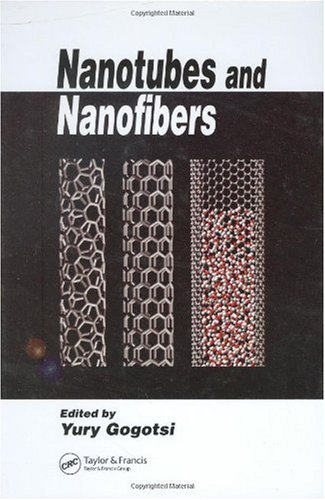
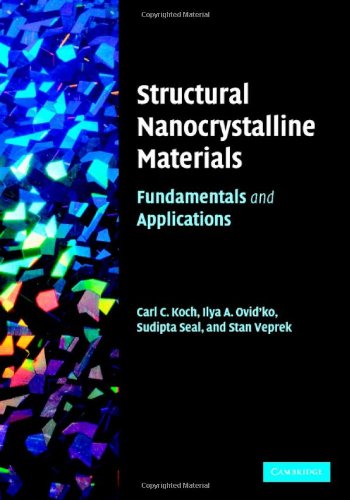
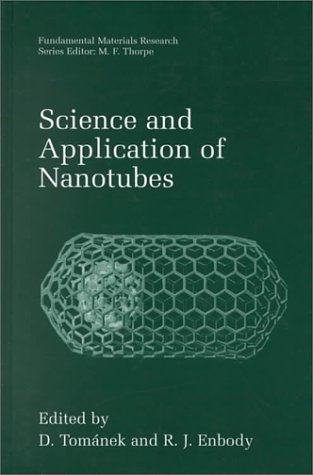
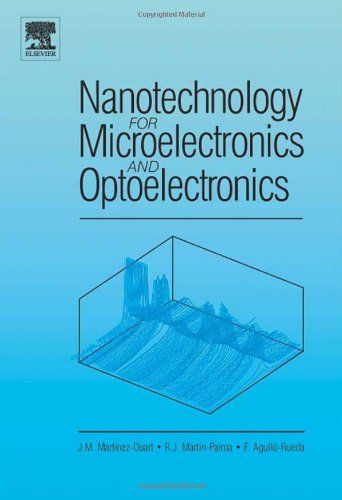
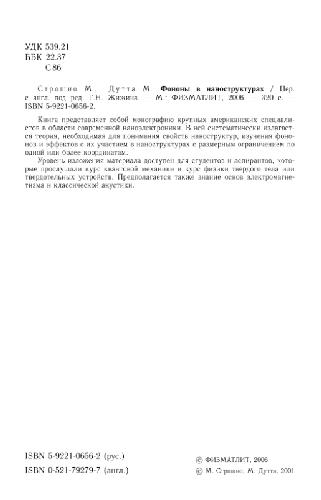
Reviews
There are no reviews yet.